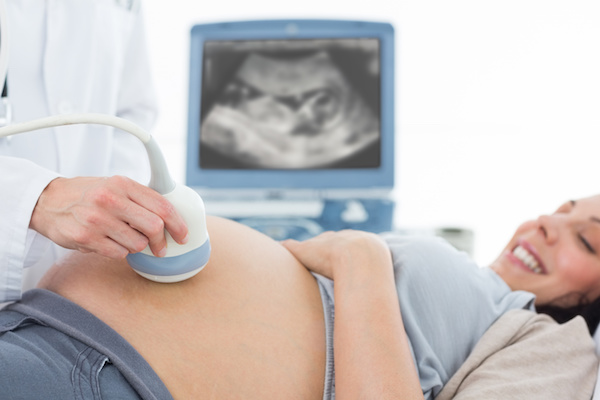
WEDNESDAY, May 1 (HealthDay News) — More than 4,000 American children are injured on amusement rides each year, according to a new study that calls for standardized safety regulations.
Between 1990 and 2010, nearly 93,000 children under the age of 18 were treated in U.S. emergency rooms for amusement-ride-related injuries — an average of nearly 4,500 injuries per year.
More than 70 percent of the injuries occurred from May through September, which means that more than 20 injuries a day occurred during these warm-weather months, said researchers at the Center for Injury Research and Policy at the Research Institute at Nationwide Children’s Hospital in Columbus, Ohio.
The head and neck region was the most frequently injured (28 percent), followed by the arms (24 percent), face (18 percent) and legs (17 percent). The most common types of injuries were soft tissue (29 percent), strains and sprains (21 percent), cuts (20 percent) and broken bones (10 percent).
The percentage of injuries that required hospitalization or observation was low, suggesting that serious injuries are rare. From May through September, however, an amusement-ride-related injury serious enough to require hospitalization occurs an average of once every three days, according to the study, which was published online May 1 and in the May print issue of the journal Clinical Pediatrics.
Youngsters were most likely to suffer injuries as a result of a fall (32 percent) or by either hitting a part of their body on a ride or being hit by something while riding (18 percent). Thirty-three percent of injuries occurred on amusement park rides, 29 percent on mobile rides at fairs and festivals, and 12 percent on rides at malls, stores, restaurants and arcades.
“Although the U.S. Consumer Product Safety Commission has jurisdiction over mobile rides, regulation of fixed-site rides is currently left to state or local governments, leading to a fragmented system,” study senior author Dr. Gary Smith, director of the Center for Injury Research and Policy, said in a hospital news release. “A coordinated national system would help us prevent amusement-ride-related injuries through better injury surveillance and more consistent enforcement of standards.”
Smith and his colleagues also found that injuries on mall rides are more likely to be head, neck or face injuries; concussions; or cuts than injuries on fixed or mobile rides. Nearly three-fourths of injuries on mall rides occurred when a child fell in, on, off or against the ride. The researchers noted that mall rides often are located above hard surfaces and may not have child restraints.
“Injuries from smaller amusement rides located in malls, stores, restaurants and arcades are typically given less attention by legal and public health professionals than injuries from larger amusement park rides, yet our study showed that in the U.S. a child is treated in an emergency department, on average, every day for an injury from an amusement ride located in a mall, store, restaurant or arcade,” said Smith, who also is a professor of pediatrics at the Ohio State University College of Medicine. “We need to raise awareness of this issue, and determine the best way to prevent injuries from these types of rides.”
Smith and his colleagues offered the following amusement-ride safety tips:
- Always follow all posted height, weight, age and health restrictions, as well as all loading or seating-order instructions.
- Always use safety equipment such as seat belts and safety bars, and keep your hands and feet inside the ride at all times.
- If you don’t think your child will be able to follow the rules, keep him or her off the ride. If you are worried about the safety of a ride, don’t let your child go on it.
- Do not let your child go on a mall ride if it is over a hard, unpadded surface or if it does not have a child restraint such as a seat belt.
More information
The Amusement Safety Organization offers more amusement-ride safety advice.

